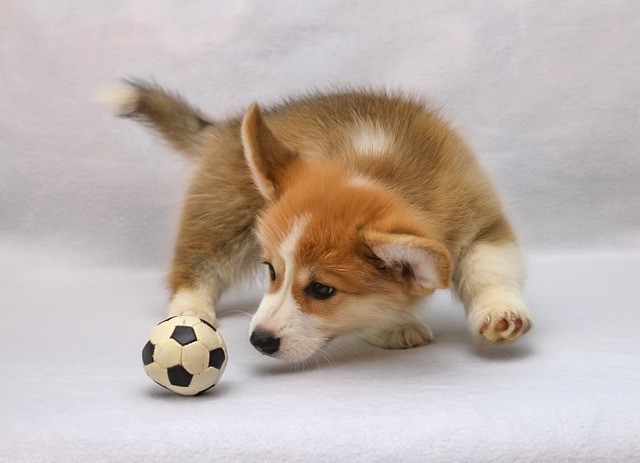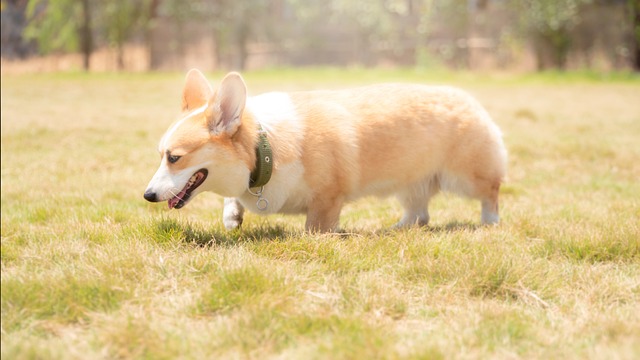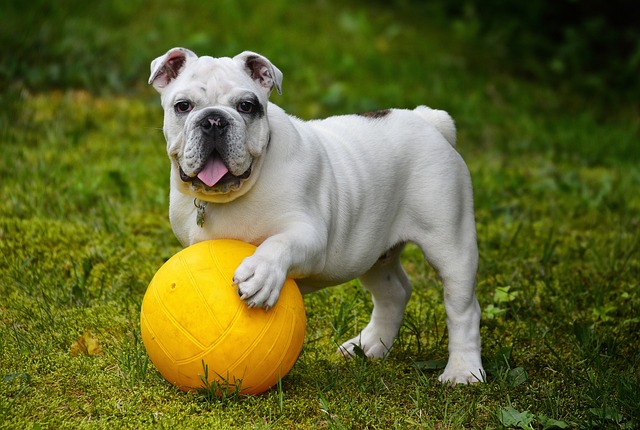
Would veterinarians recommend using dental cleaning sticks for pet dogs
If you’ve ever stood in the pet store, staring at a wall of dental chews while wondering if they’re worth the money, you’re not alone.
For puppies who are only three weeks old, the world is both new and challenging, and diet is the cornerstone of their thriving growth. At this time, puppies are like young shoots that have broken through the ground, fragile but full of vitality. Scientific and reasonable feeding is not only related to their current health, but also affects their future growth trajectory. How to give them the most appropriate nutrition during this critical period is a question that every concerned owner is eager to know.
The digestive system of three-week-old puppies is still in the early stages of development and is extremely fragile and sensitive. Their teeth have not yet fully grown, their chewing ability is limited, and the secretion of digestive enzymes in the intestines is insufficient, so they cannot digest complex food like adult dogs. At the same time, the stomach capacity of puppies is extremely small, and the amount of food they eat each time is limited, but they need to eat frequently to meet the energy needs of rapid growth. This is like a small precision machine that requires a specific specification of "fuel" to run smoothly. Breast milk, as the most perfect food given to puppies by nature, is rich in various nutrients needed for puppies to grow, such as high-quality protein, fat, lactose, vitamins and minerals. It also contains maternal antibodies, which can enhance the immunity of puppies and resist disease invasion. Ideally, puppies should continue to get breast milk from their mothers at this time, feeling the warmth and safety of nourishment.
 However, when the mother dog is unable to breastfeed, or needs to be fed artificially due to special circumstances, choosing the right milk substitute product becomes a top priority. Professional pet puppy milk replacer is the best choice. Its ingredients are scientifically formulated to simulate the nutritional structure of breast milk, making it easier for puppies to digest and absorb. However, there are a wide variety of milk substitute products on the market, and owners must be cautious when choosing. Carefully check the product ingredient list to ensure that it does not contain additives or preservatives that are harmful to puppies, and pay attention to whether the product has passed formal quality testing. For example, some inferior milk replacers may not contain enough protein or contain sugars that are not suitable for puppies. Long-term consumption may cause malnutrition or gastrointestinal problems in puppies. When brewing milk replacer, it is necessary to strictly follow the proportions in the instructions and control the water temperature at 38-40℃, which is close to the body temperature of puppies. Too high or too low a temperature will irritate the fragile stomach of puppies. When feeding, you can use a pet-specific bottle or syringe, gently put the nipple into the puppy's mouth, let them suck on their own, avoid force-feeding, and prevent food from entering the trachea and causing choking.
However, when the mother dog is unable to breastfeed, or needs to be fed artificially due to special circumstances, choosing the right milk substitute product becomes a top priority. Professional pet puppy milk replacer is the best choice. Its ingredients are scientifically formulated to simulate the nutritional structure of breast milk, making it easier for puppies to digest and absorb. However, there are a wide variety of milk substitute products on the market, and owners must be cautious when choosing. Carefully check the product ingredient list to ensure that it does not contain additives or preservatives that are harmful to puppies, and pay attention to whether the product has passed formal quality testing. For example, some inferior milk replacers may not contain enough protein or contain sugars that are not suitable for puppies. Long-term consumption may cause malnutrition or gastrointestinal problems in puppies. When brewing milk replacer, it is necessary to strictly follow the proportions in the instructions and control the water temperature at 38-40℃, which is close to the body temperature of puppies. Too high or too low a temperature will irritate the fragile stomach of puppies. When feeding, you can use a pet-specific bottle or syringe, gently put the nipple into the puppy's mouth, let them suck on their own, avoid force-feeding, and prevent food from entering the trachea and causing choking.
On the basis of ensuring that the puppies get enough milk substitute, starting from three weeks old, you can gradually try to introduce paste food to them to start the weaning transition process. The food at this stage should take into account nutrition and easy to chew and digest. It is a good choice to soak the milk cake food for puppies in warm water or milk substitute powder until it is soft and mash it into a fine paste. Milk cake food is rich in high-quality protein, carbohydrates and essential fatty acids, which can meet the nutritional needs of puppies for rapid growth. When feeding paste food for the first time, the amount should be small and fine, and observe the puppy's reaction. Some puppies may be curious about new food and try to eat it actively; while others may show resistance. At this time, the owner should be patient enough, dip a small amount of food with your fingers, gently apply it to the puppies' mouths, and guide them to lick it. As the puppies gradually adapt, slowly increase the amount and frequency of feeding.
The feeding process is not only about giving nutrition, but also a precious moment of emotional communication between the owner and the puppy. When watching the little guys smacking their mouths and licking the food contentedly, their bright eyes are full of dependence, and the owner will feel happy. At this stage, the owner also needs to pay close attention to the puppies' defecation, which is an important indicator to judge whether their digestive function is normal. Under normal circumstances, the feces of puppies should be moderately soft and hard and brown. If there are abnormal conditions such as diarrhea, constipation or blood in the feces, adjust the diet in time and consult a veterinarian if necessary.
In addition to the choice and feeding of food, the feeding environment and habits should not be ignored. Prepare a warm, quiet and clean feeding area for puppies so that they can eat in a comfortable state. After each feeding, clean the utensils in time to prevent bacteria from growing. At the same time, establish a regular feeding schedule and feed them regularly and quantitatively every day to help puppies form good digestive rules. As the puppies grow up day by day, they will gradually become strong and lively under the careful care of their owners, and explore the world with wobbly steps.
Three-week-old puppies carry countless hopes and expectations. Every step of their growth is the result of their owners’ hard work and care. Scientific feeding is the best gift for their growth. In the days to come, these once fragile little lives will grow into healthy and happy companions under the right care, and repay their owners’ every effort with loyalty and companionship. I hope every owner can pave a sunny growth path for their puppies with professional knowledge and warm love.

If you’ve ever stood in the pet store, staring at a wall of dental chews while wondering if they’re worth the money, you’re not alone.

Walk down any pet store aisle, and you’ll see shelves lined with dental chews—colorful, bone-shaped treats promising to clean teeth and freshen breath.

If you’ve ever struggled to brush your dog’s teeth—dodging wiggly heads, slobbery paws, or the occasional playful bite—you’ve probably wondered about easier alternatives.

Finding your dog lethargic, with dry gums and sunken eyes, is enough to make any new pet owner panic. Dehydration creeps up fast

Watching your golden retriever scratch his ears raw after meals or sprint to the backyard with digestive urgency turns dinnertime into a nightmare.

There’s something undeniably captivating about a husky’s gaze, and when those eyes are a rich shade of brown, it’s like stumbling upon a hidden gem.